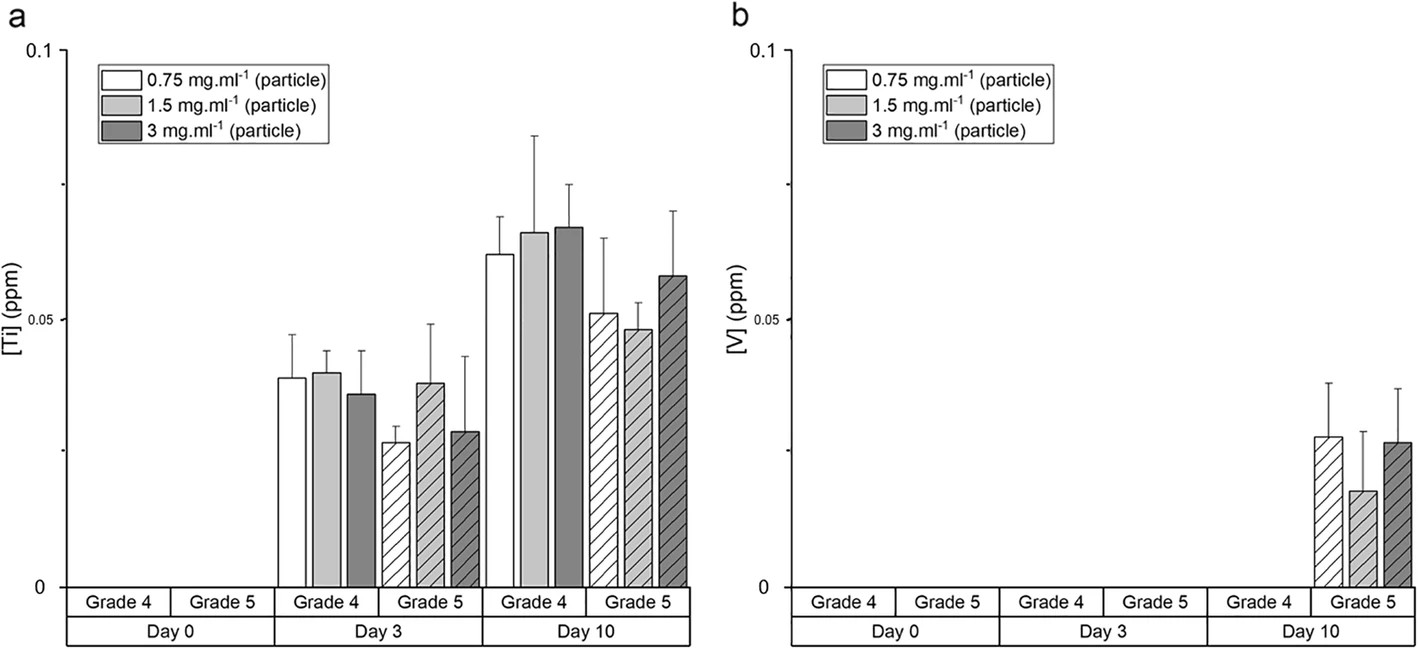Figure 3. Titanium (Ti) and vanadium (V) release from the particles in simulated body fluid (SBF). Experimental duration was 10 days. Results presented as mean ± standard deviation, n = 3
Figure 3. Titanium (Ti) and vanadium (V) release from the particles
author: Fadi N Barrak, Siwei Li, Albert M Muntane Julian R Jones | publisher: drg. Andreas Tjandra, Sp. Perio, FISID

Serial posts:
- Particle release from implantoplasty of dental implants and impact on cells
- Background : Particle release from implantoplasty of dental implants (1)
- Background : Particle release from implantoplasty of dental implants (2)
- Materials & methods : Particle release from implantoplasty of dental implants (1)
- Materials & methods : Particle release from implantoplasty of dental implants (2)
- Materials & methods : Particle release from implantoplasty of dental implants (3)
- Results : Particle release from implantoplasty of dental implants
- Discussion : Particle release from implantoplasty of dental implants (1)
- Discussion : Particle release from implantoplasty of dental implants (2)
- Discussion : Particle release from implantoplasty of dental implants (3)
- Discussion : Particle release from implantoplasty of dental implants (4)
- Figure 1. Representative photo of implants and SEM images of particles
- Figure 2. EDX spectra of particles produced by the mock implantoplasty procedure
- Figure 3. Titanium (Ti) and vanadium (V) release from the particles
- Figure 4. Titanium (Ti) and vanadium (V) content in DMEM
- Figure 5. The effect of grade 4 and grade 5 implant particles